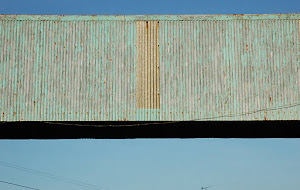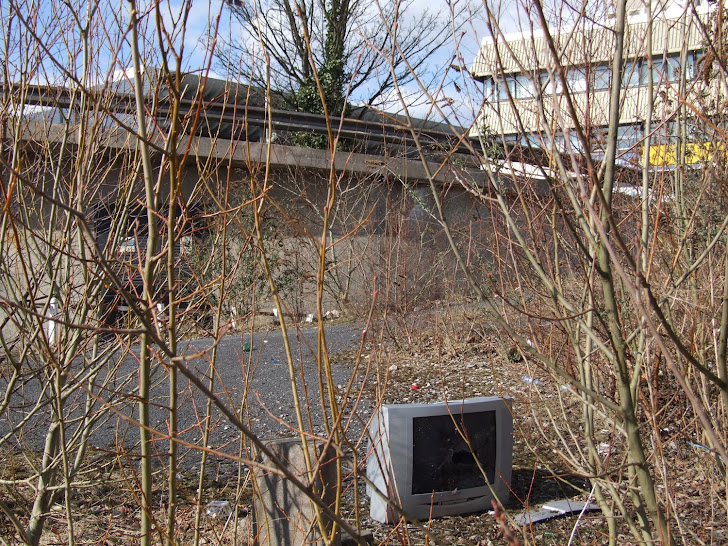Years ago I saw the film 'The Pledge', directed by Sean Penn. I wrote (and re-wrote) this as a response to a detail.
In The Frame
The cover of the book taken at a parade in New Jersey, 1955, feels eerie. A figure to the left is slightly obscured in the shadow of the room whilst at the next window another figure tries to see out past the wind-blown stars and stripes. It’s an image that stays because of its ambiguities. The American flag dominates the frame and the people it represents are immersed in shadow or completely blanked.
It implies a darker or a foreboding psyche behind a country that prides itself with freedoms and opportunity. It hints that things are not what they seem. When you consider the passion from Americans regarding their constitution and all that their flag stands for, it becomes a much more powerful image, not just because that some people are shrouded in some kind of secrecy or mystery, but that there are other more powerful people who control that narrative. Sean Penn chose to recreate it within a parade scene in his directorial crime mystery ‘The Pledge’ from 2001, starring Jack Nicholson.
A flash of the image appears as we follow our detective into the crowds as the height of the film’s atmosphere intensifies. It’s brilliantly placed as it feels like it fits the film’s pace. Was Penn’s intention to rework the imagery into the film to provoke, or evoke something, or is it simply a homage to the great photographer? It’s possible that it’s all these points. What’s certain is that it’s a reminder of the power of visual imagery and for almost 20 years after the film was released, that particular image continues to ask questions about who the Americans were, who they are now, and what they really want to be.
It implies a darker or a foreboding psyche behind a country that prides itself with freedoms and opportunity. It hints that things are not what they seem. When you consider the passion from Americans regarding their constitution and all that their flag stands for, it becomes a much more powerful image, not just because that some people are shrouded in some kind of secrecy or mystery, but that there are other more powerful people who control that narrative. Sean Penn chose to recreate it within a parade scene in his directorial crime mystery ‘The Pledge’ from 2001, starring Jack Nicholson.
A flash of the image appears as we follow our detective into the crowds as the height of the film’s atmosphere intensifies. It’s brilliantly placed as it feels like it fits the film’s pace. Was Penn’s intention to rework the imagery into the film to provoke, or evoke something, or is it simply a homage to the great photographer? It’s possible that it’s all these points. What’s certain is that it’s a reminder of the power of visual imagery and for almost 20 years after the film was released, that particular image continues to ask questions about who the Americans were, who they are now, and what they really want to be.





















